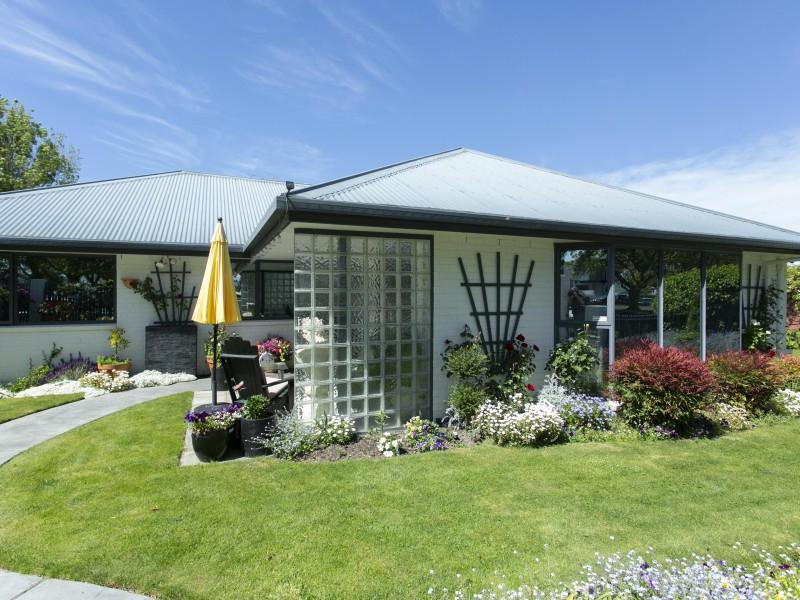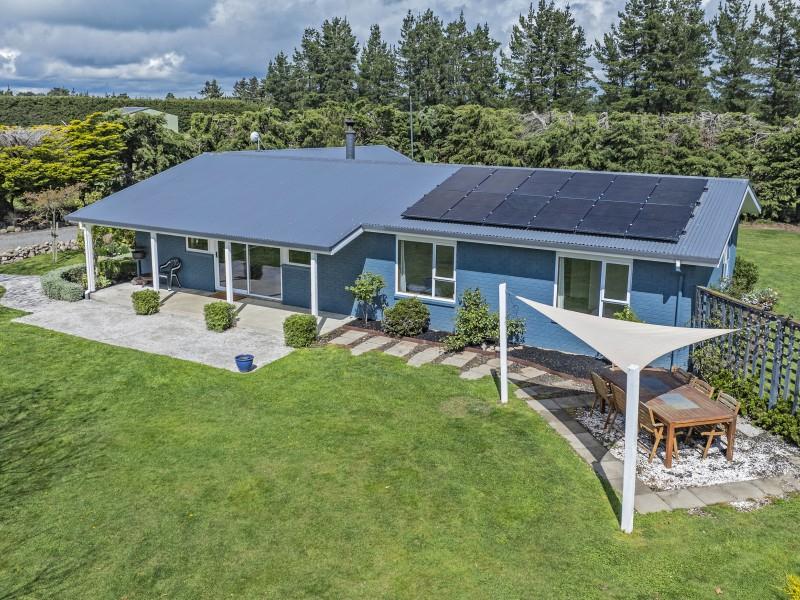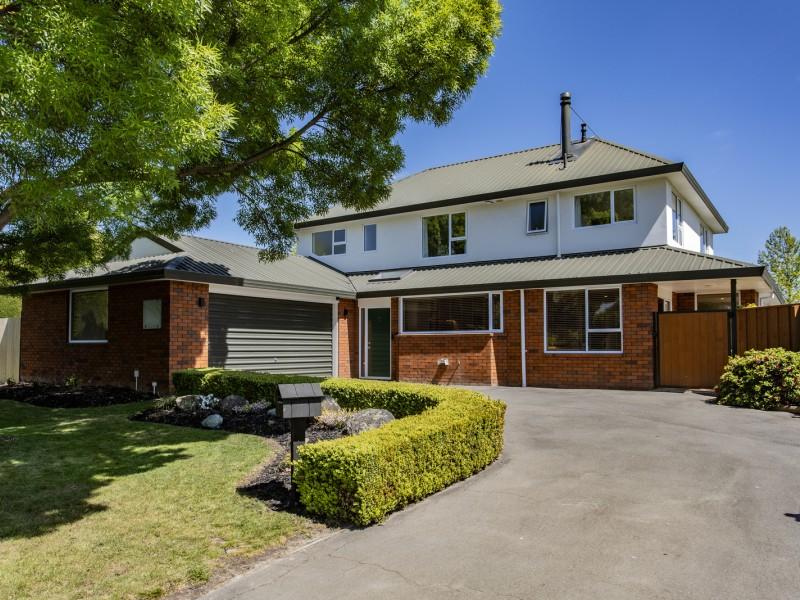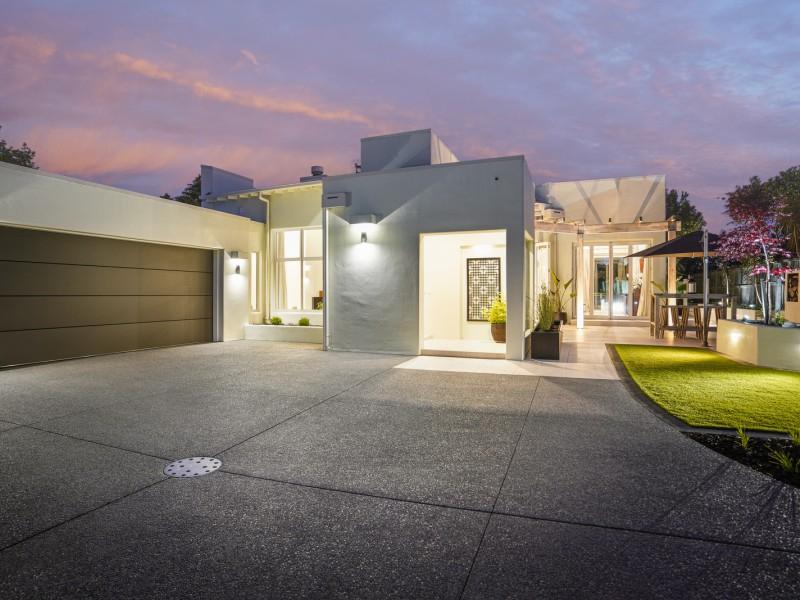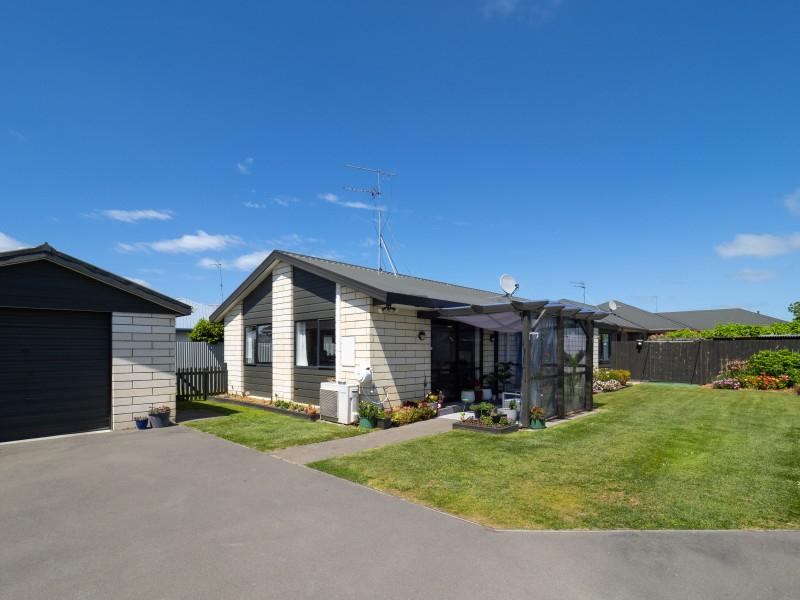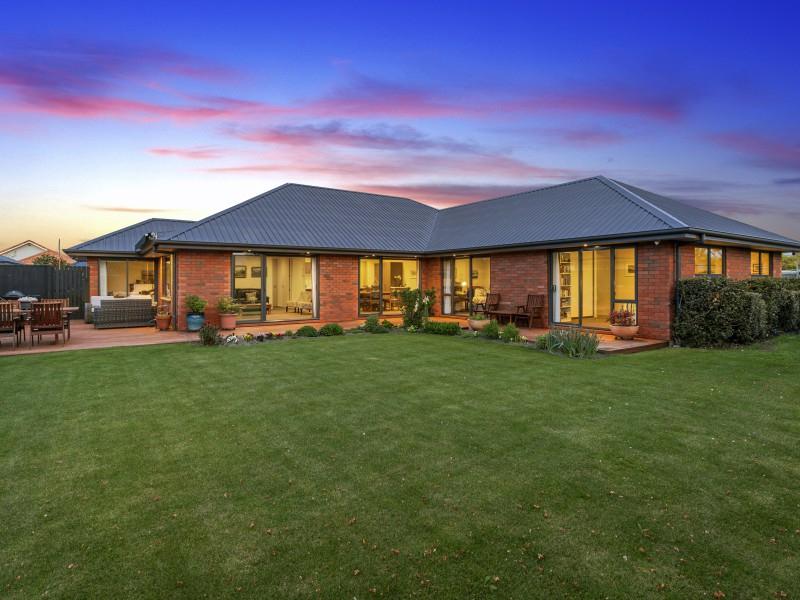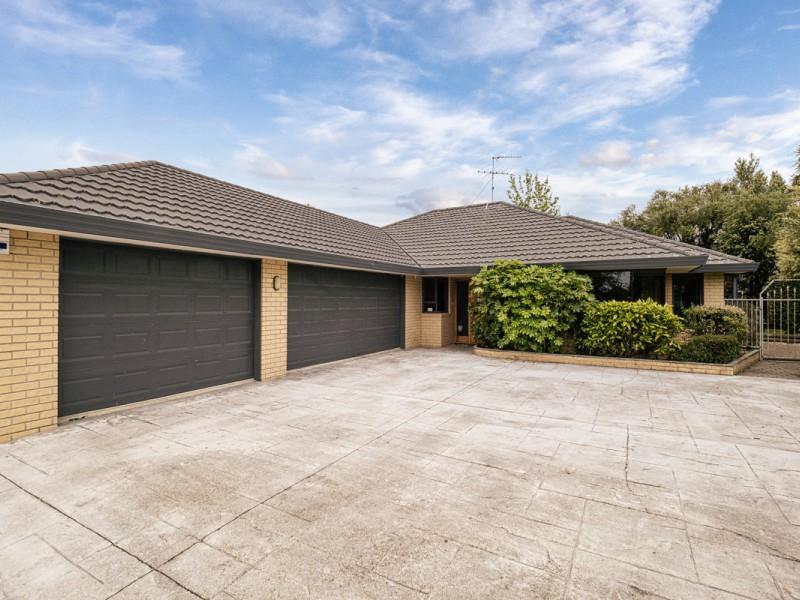Speed limit on Tram Rd
Replies have been disabled on the Northern Outlook's post titled "Speed limit on Tram Rd" so I've started a new one.
Previously, I pointed out the ‘catalyst’ for the non-complying RC application for full-accesses rights off Tram Rd to the development as being the safety concerns from experts of people potentially doing U turns around the ends of the raised concrete median strip down the middle of Tram Road.
Their solution the problem is to remove the concrete median strip and replace it with a right turning lane in to the development for east bound traffic. So, instead of a concrete median strip we’ll now have other vehicles in the middle of the road waiting to turn right.
While it is true that the illegal manoeuvre the experts refer to may actually occur, by and large most drivers obey the road rules – still, the experts determine “Crashes are likely to be Common”. Another curious rationale from the experts for the illegal U turning manoeuvres is that “It appears that vehicles entering the site from the Mandeville Road cannot readily access the service station” – so, it’s the developer’s fault! Looking at the site plan I would argue the same holds true for vehicles travelling east entering via the right-hand turn off Tram Rd.
However, what the traffic safety experts do not address, in any kind of detail, is the far more likely scenario of a commuter accidentally clipping the concrete median strip as they drive past the development. To accommodate the concrete median strip the road lanes either side of the barrier are forced to diverge around the obstacle – Tram Rd is no longer straight in this section of the road.
The risk is far greater for a distracted driver to fail alter course and clip the median strip than it is for them to smash in to someone performing an illegal U turn. The argument is simply based on probabilities – there are more legal drivers than there are illegal drivers on our roads. So, instead of one vehicle being involved in crash clipping a concrete median strip we’ll have them clipping the another vehicle sitting in the middle of the road waiting to turn right to enter the development.
It’s my contention the PC33 that created the new commercial zone was deliberately designed with this flaw – i.e. left-ins and left-outs accesses off Tram Rd with concrete median strip. PC33 was designed with developer input. This theory is supported by the fact that there were actually two safety audits running concurrently – one for the lefts only plan and the other for full accesses plan. What we’re witnessing here is commonly referred to as ‘scope creep’ in the project management game. Also, a building consent was granted the developer prior to the accesses issue being resolved – contrary to the conditions of the original RC. Presumably, the accesses issue was to be deferred for as long as possible so that the PC33 and the non-complying RC decisions were less likely to be in the forefront of anyone’s minds.
So, why? Well, we only need to consider the unmanned petrol station, NPD. The lease for a petrol station is going to much higher for a site that has full access off Tram Rd as opposed to being only accessed by west bound traffic – more money for the developer. Petrol sales are also going to be higher – therefore the petrol tax take will also be higher – more money for the council. It's always about the money.
The problem is “Crashes are likely to be common”. The irony is that this whole mess was predicated on the stated desire for improved traffic safety.
Attached is a copy of the Safety Audit Report for plan A: left-in and left-out only accesses. An analysis of the Safety Audit Report for plan 2.0: full left and right accesses, will follow.
What's your favourite recipe for courgettes?
Kia ora neighbours. If you've got a family recipe for courgettes, we'd love to see it and maybe publish it in our magazine. Send your recipe to mailbox@nzgardener.co.nz, and if we use it in the mag, you will receive a free copy of our January 2025 issue.

Poll: Do you think NZ should ban social media for youth?
The Australian Prime Minister has expressed plans to ban social media use for children.
This would make it illegal for under 16-year-olds to have accounts on platforms including TikTok, Instagram, Facebook and X.
Social media platforms would be tasked with ensuring children have no access (under-age children and their parents wouldn’t be penalised for breaching the age limit)
.
Do you think NZ should follow suit? Vote in our poll and share your thoughts below.

-
85.1% Yes
-
13.8% No
-
1% Other - I'll share below
Heritage gem or dangerous burden? Bowling club’s dilemma with historic pavilion
By David Hill, Local Democracy Reporter
A Rangiora sports club is frustrated with the increasing maintenance and insurance costs of its 113-year-old pavilion, which can't be demolished due to its historic importance.
The Rangiora Bowling Club approached the Waimakariri District Council last year for help, but was yet to find a satisfactory solution for the pavilion.
It is registered with Heritage New Zealand and listed in the Waimakariri District Plan, leaving the club with few options.
The club’s ex-president Norman Hewett said the pavilion on Good St, north of the town centre, is unsafe and no longer fit for purpose.
Hewett said the council has been supportive and Heritage New Zealand has offered advice, but no funding.
‘‘Everybody thinks the building is worth preserving, but there is a cost and it shouldn’t be put on the bowling club.
‘‘As far as we are concerned it is not fit for purpose and we want to know how we can get round that.
‘‘We want to know what the community thinks and if they want to retain it, are they willing to pay for it?’’
The club has formed a sub-committee to explore what options are available.
Sub-committee member Rodger Wilton said the club has been unable to find any record that the club had a say when the building was given heritage status.
Built in 1911, the pavilion served the Rangiora Bowling, Tennis and Croquet Club, which originally shared the site.
It cost 945 pounds and was opened on October 28, 1911.
The three clubs purchased 1.25 acres on the corner of Blackett and Good streets in April 1905, but later parted company, with tennis and croquet moving to new sites.
While no quotes have been sought, Hewett believed it would cost more than $1 million to bring the pavilion up to code.
Ideally the club would like to demolish the pavilion so it can upgrade its main building and remain on site.
The stairwell was non-compliant and there was no wheelchair access, meaning the club was unable to use the upstairs facilities.
There are loose tiles on the roof which need replacing.
An attached building behind the pavilion is sufficient to meet the needs of the 140 members and for hosting the largest bowls tournament in North Canterbury, Hewett said.
He said the club is open to all options, including a land swap or selling to a developer with the expertise to restore the pavilion.
Waimakariri District Council community and recreation manager Chris Brown said the council is working through various opportunities with the bowling club as part of a feasibility study.
‘‘There are a lot of options to consider. Each have various financial, social and operational implications.’’
Heritage New Zealand Pouhere Taonga said it had ‘‘expressed support for the adaptive reuse of the building and supported the club’s intention to investigate options for the pavilion and the associated land parcel’’.
The Rangiora Bowling Club is keen to hear the views of the community. Email rangiorabowling@gmail.com.
■ LDR is local body journalism co-funded by RNZ and NZ On Air.
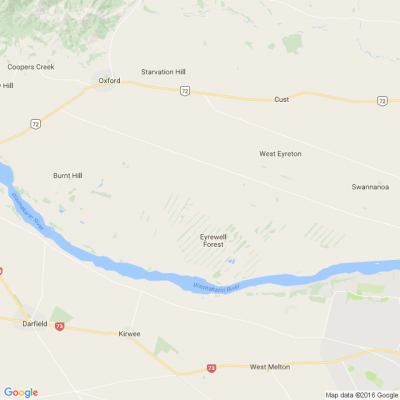








 Loading…
Loading…